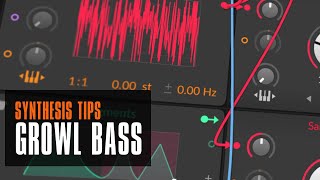
May 29, 2023 Tutorial
In this tutorial, I use a pulley grid in Bitwig Studio to create a growl sound for dubstep without any additional VST plugins. Using a complex waveform in the scroll oscillator, I filter specific vocal noise frequencies using two selling key filters and modulate them with the segments. I add overtones with a sine oscillator before experimenting with a second scroll and a phaser for added texture. I use an EQ plus to amplify these frequencies before using a voice stacking mode to add density and panning the voices. Finally, I use a peak limiter and auto level plugin to balance the levels and give the sound a polished finish. Overall, I hope to provide inspiration for creating unique growl sounds in Bitwig Studio.
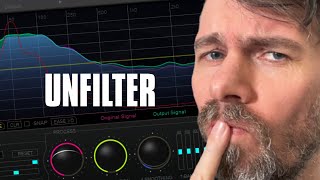
Oct 18, 2021 Tutorial
In this video, I tried out Unfilter by Zynaptiq and I was surprised by how well it works. I demonstrated how it can be used to reduce resonances and improve the frequency distribution of a drum loop. I also showed how it can be used to tame harmonics and create a more balanced sound. I discussed some of the features that make Unfilter unique, such as the decay setting and the Fletcher Monson curve. I concluded by recommending that viewers try the trial version to see if Unfilter is right for them.
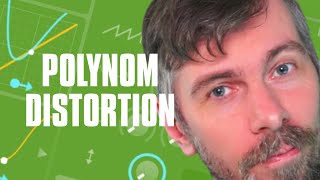
Jul 06, 2021 Tutorial
In this video, I showed how to use the polynomial modulator inside Bitwig Studio to create interesting distortion, wave shapes and overtones. I demonstrated how to use a DC offset device with the modulator, and how to modulate the X parameter with an audio rate modulator. I also showed how to use an LFO, as well as a stereo split to create unique sounds. Finally, I shared some tips and advice on creating presets, and how to save the new device for future use.
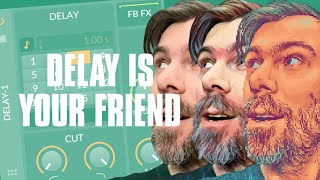
Mar 15, 2021 Tutorial
In this video, I demonstrate how to use delay in Bitvic Studio. I explain how to use the delay one effect to offset audio signals, create echo effects, and even create phasing effects and filters. I also discuss the feedback FX box and explain how to use it to create glitch effects by pitching and filtering audio signals.

Oct 29, 2020 Tutorial
In this video, I showcase my three new presets - Berlin City, Berlin Verb and Berlin Tape - that I created for my five bug subscribers on YouTube and Patreon. I sampled noises from the streets of Berlin to analyze certain things, and I used a special method to create random multiple values in the grid with chapicef modules. I also mapped some MPE sensors to some knobs so you can use your MPE devices for this preset. With the remote controls and the snob, you can change the noise texture, the timing, the envelope, the stereo width, the pitch drift and the reverb. Berlin Tape is a tape emulation that you can bring in a lot of dirt and change the speed of the noise sample. I hope this video was helpful and I look forward to hearing your feedback.
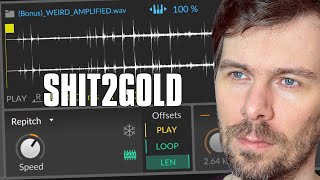
May 14, 2020 Tutorial
In this video, I show how to create tuned ambient sound using a sample and the filter section of Bitwig Studio's sampler. The process is similar to the one shown in another tutorial, but the key track feature in Bitwig's filter section makes it more efficient and easier to use. I demonstrate how to use the filter section to create tonality and character in a random noise sample and how to play melodies and chords with it. I also add modulation and effects to make the sound more interesting, and show how to use voice stacking to make the texture thicker. This technique is a fun way to turn random noises into usable pads and can be used for inspiration when you need new ideas. If you have questions, please leave a comment, and if you like the video, please leave a like and subscribe to the channel.
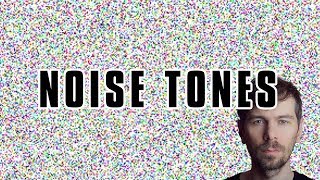
Aug 15, 2019 Tutorial
In this video, I show how to create sounds using just the filter in Bitwig Studio and the grid. I demonstrate how to generate noise using the random noise generator, and then use a filter with resonance to shape the noise and add tonality. By manipulating the filter, resonance, and key tracking, you can achieve different sounds and effects. I also suggest trying different filters and experimenting with modulation to further shape the sound. Overall, it's an interesting and unique way to generate sounds without traditional oscillators or audio input.





